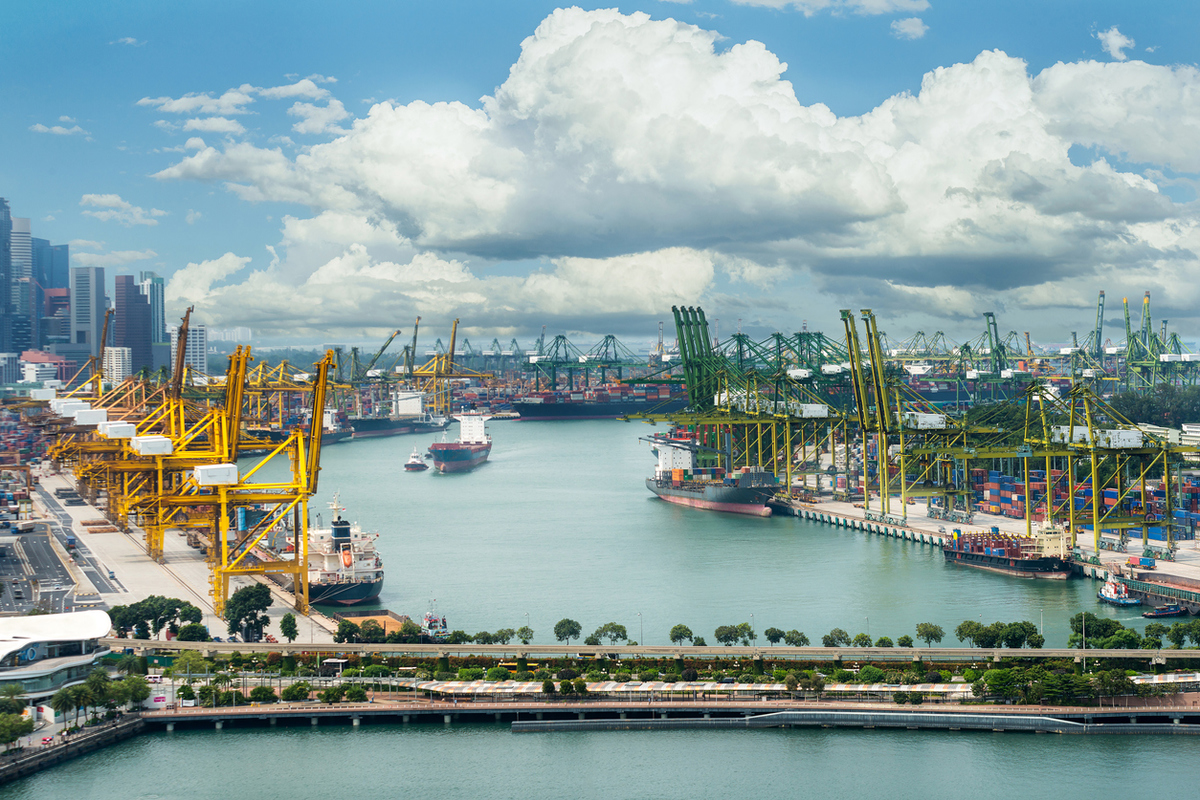Hydrogen, LNG key to shipping decarbonisation - MPA Singapore blueprint
The Maritime and Port Authority of Singapore (MPA) backs multi-fuel bunkering in the transition to net-zero emission fuels.
 PHOTO: Singapore cargo terminal, one of the busiest in the world. Getty Images
PHOTO: Singapore cargo terminal, one of the busiest in the world. Getty Images
In its blueprint titled 'Maritime Singapore Decarbonisation Blueprint: Working Towards 2050', Singapore sets out how it can meet the UN’s 2030 Sustainable Development Agenda, the Paris Agreement and the IMO's Initial Strategy on greenhouse gas reduction for shipping.
Multi-fuel bunkering will be promoted via partnerships to conduct teset runs and research. Singapore will also develop standards for zero-carbon fuels and a plan for how to finance these initiatives.
“MPA expects hydrogen and its carriers (including ammonia, e-methanol) as well as bio-LNG to potentially play important roles in the decarbonisation of international shipping in the mid to long term,” the blueprint reads.
Domestic harbour crafts are expected to run on low carbon energy forms such as electricity and biofuels by 2030.
The MPA expects this can contribute to cut emissions by 15% of 2021 levels by 2030, and by 50% of 2030 levels by 2050.
Port terminals can adopt clean energy, automation and digitalisation to cut emissions by 2030 and attain net zero carbon emissions status by 2050, MPA says.
Meanwhile, the Singapore Registry of Ships plans to have 50% of its fleet comprising greener ships.
The MPA has committed an additional $300 million on top of previous allocations to support the initiatives outlined in the blueprint.






